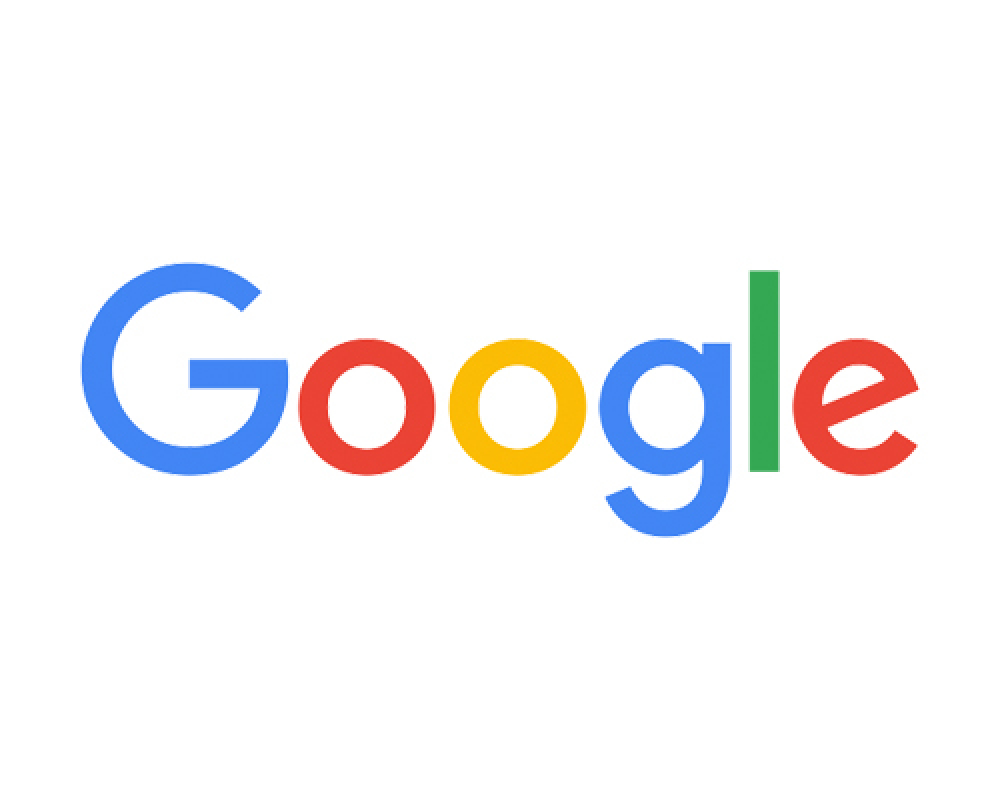So Long, Side Ads: What the end of right-hand ads means for advertisers.
25 Feb 2016

It’s now been confirmed that Google intends to completely retire right-hand ads from SERPs, and will only show ads above or below organic results. We take a look at why this is happening, and what it means for advertisers.
What's changing?
Google have now confirmed that text ads will show only above or below search results, with right-hand ads being retired completely. There are two exceptions: shopping ads and ads in infoboxes will still be eligible to shown on the right-hand side of the page. Google will also begin serving a fourth paid ad above results on queries deemed to have “high commercial intent”. Combined, these changes to the layout of the results page have significant ramifications for all advertisers with a paid search programme.
Old results page with side ads

New results page without side ads

Why are Google doing this?
Higher average CPCs
Firstly, it’s likely to increase the average revenue per query for Google. Although a strong quality score can mean that an advertiser can break into the banner positions without increasing their CPC, analysis from our campaigns shows that ads above organic listings have CPCs that are 45% higher on average. By removing the right-hand ads, Google focusses paid clicks on the ads that generate the most revenue for that query.
Although ads at the bottom of the page will still remain, advertisers will now be vying for a reduced inventory of premium, top of page ads on desktop and tablet, and this increased competition will accelerate CPC growth on these devices. This would combat the declining growth in desktop CPCs witnessed over the last few years, and as a result, not only will there be less ads above the fold, but these ad slots will become more expensive.
Increased on-page share of voice for paid ads
By increasing the number of ads at the top of the page to four on searches with high commercial intent, Google pushes organic listings even further down the page. This, coupled with the ever-growing array of ad extensions now available, means that fewer organic results will show above the fold. More than ever, this will make it important for advertisers to have a presence in paid search in order to drive the same volume of traffic from search engines.
These “high commercial intent” queries are likely amongst highest volume, and the most profitable for the search giant. The increase in clicks from a fourth top of page ad on these searches, coupled with an increase in CPCs across the board, should offset any loss in revenue from the retirement of the right-hand column. All in all, Google likely sees this as a more sustainable way to maintain revenue growth on desktop and tablets.
What does this mean for advertisers?
For those using paid search to promote their products or services, appearing in the banner positions will become the best way to drive significant volumes through paid search. We know that volumes of traffic driven from ads at the bottom of the page are much smaller (although recent analysis show that this has increased in recent weeks as Google started to retire right-hand side ads), and so advertisers will need to target banner positions more than ever to maintain levels of traffic through paid search.
For small- and medium-sized advertisers, this means that carving out an efficient strategy by appearing on the right-hand side is no longer possible; you’ll need to be more strategic and look to move into banner positions wherever this is viable. A robust audience strategy that uses features such as RLSAs, Customer Match and device bid adjustments will be vital to reaching the right user and the right time, ensuring maximum return on investment.
With the removal of right-hand side ads, all ads on the page are now eligible to show the full range of ad extensions, including sitelinks, callouts and structured snippets. This makes ad extensions an essential part of any AdWords campaign now, and they should be considered as integral to the ad as the ad copy itself. Advertisers who aren't using them effectively are missing out an opportunity to increase their on-page share of voice, and to deliver more contextually relevant information to the user.
This change also frees up more space for shopping ads and infoboxes on the right-hand side of the page. Google has been experimenting with new ad formats recently for both of these, with information-focused shopping formats, and shopping ads embedded in infoboxes. It’s likely that these formats will serve more frequently going forward, increasing the importance of Google Shopping campaigns for e-commerce advertisers.

It’s also worth pointing out that there’ll likely be an impact on organic rankings. By increasing the number of ads shown to four on some searches, organic share of voice on the results page may well drop, and advertisers will find that they see decreasing returns from natural listings. Although this change decreases the number of paid results on a page, in many ways, it greatly increases the importance of paid advertising in search marketing.
Overall, this is a big change to paid search, and dynamics of most auctions on AdWords will shift in the coming weeks and months, particularly on highly competitive queries. Only time will tell what the lasting impact will be.
To view this blog written by James Howard on Periscopix's website, please click here.

Please login to comment.
Comments